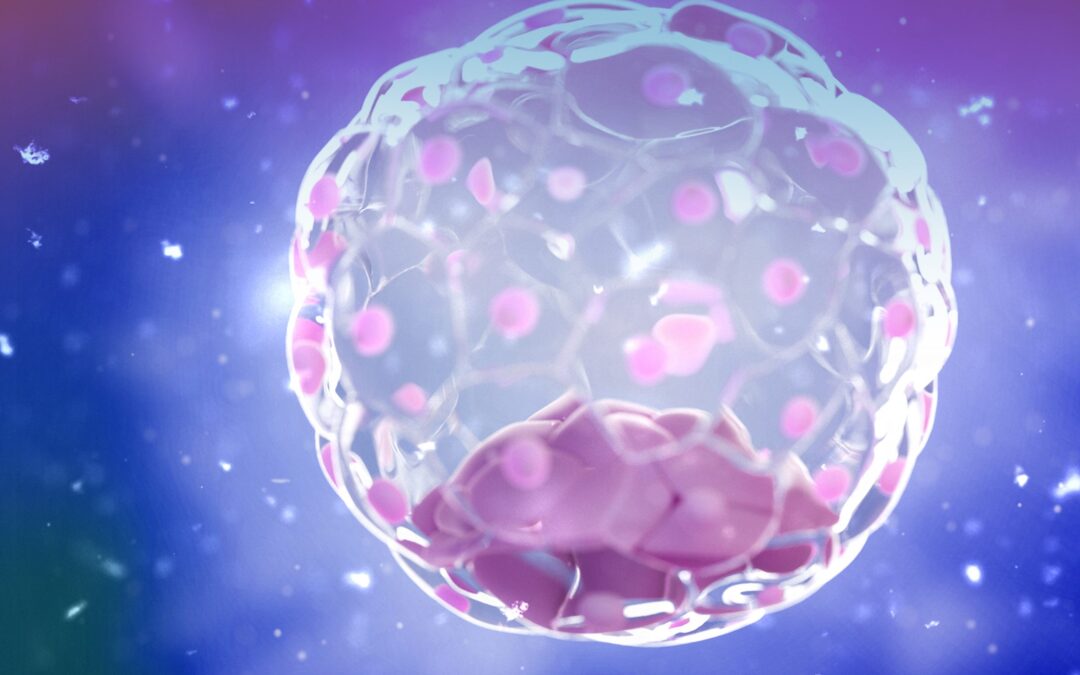A report by the World Health Organization (WHO) stated that approximately 17.5% of adults, meaning about one in six, face sterility problems at some point in their lives. Increasing numbers of couples in need of help to become pregnant from assisted reproduction centres prove it true.
One of the most relevant data points in assisted reproduction treatments is the information obtained about the embryos during their development.
The duration of embryo development in the laboratory is very important. The implementation of long cultivation (5 or 6 days) provides information about the evolution of each embryo, permitting us to classify them and then select the best ones to transfer to the woman’s uterus. Besides, the embryo reaches the uterus at this phase of its development during natural pregnancy, after traversing the Fallopian tube and right before implantation. Thus, it is considered to be the ideal stage for transfer.
Although pregnancy rates correlate with the patient’s age (the more advanced the age, the lower the chances), it is true that the embryos that made it to day 5 or 6 have a higher probability of implantation and pregnancy because they passed through all stages of their development.
The blastocysts are formed of three fundamental structures: the inner cell mass (ICM), which is a group of cells that will form into a foetus, the trophectoderm (TE), which is a layer of cells which will turn into the placenta, and the blastocoel, which is a fluid-filled cavity.
The embryologists grade each embryo independently and assign a category by assessing their aspect/morphology, classifying the embryos based on their qualities.
As classified by ASEBIR, we evaluate the morphology of the ICM and TE in four categories, from the highest to the lowest quality, based on the number of cells, their cohesion and aspect, assigning them A, B, C and D letters. We also evaluate the layout, compaction, symmetry and expansion grade. All of these factors are taken into account when grading each blastocyst.
If you are interested in this technique or wish to get more information about a particular treatment, email us at ivf@centromedicomanzanera.com or fill in the contact form, which you will find on our webpage: https://centromedicomanzanera.com/en/formulario-en/
María Pombar Gómez
Embryologist
IMAGE: Blastocisto: o que é? – Art Fértil (artfertil.com.br)

